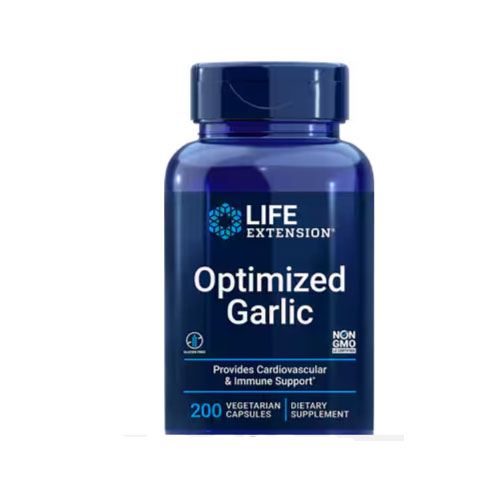
Quinoa is a great substitute for high-sugar foods like white rice.
At 6 feet, 3 inches tall, 295 pounds of jiggly fat, Teddy is our larger-than-life, gregarious, fun patient. Everything he does is big. His hands are big. His shoes are big, a size 13. He drives a big old 1978 Lincoln Continental, and man, can he eat. A side of beef to Teddy is a snack.
Two weeks ago, at midnight, Teddy called in a panic. He’d miscalculated the depth of his garage and drove the Lincoln through the back wall into the kitchen. When I got there, Teddy was pacing back and forth, trampling over electric wires exposed from where the formerly built-in oven resided. He was disheveled and glassy eyed.
“How? How? How?” Teddy asked over and over.
“Drinking?” I asked.
Teddy shook his head no. From this I knew. In our 25-year association, I’d never seen Teddy even look at anything alcoholic. Teddy was (rightly so) visibly upset.
“Don’t worry about this,” I said, pointing to the tangled mess of bricks, hood ornament and wrecked appliances. “This is fixable.”
Teddy shook his head, pointing to his brain. “I’ve got a screw loose,” he said.
“This is news,” I asked. “You’ve always been a bit of a ‘farshlepteh krenk’ — crazy person.”
“You don’t understand,” he said. “Last week I put the car keys in the freezer. I went to the market and ended up way out in the desert. I don’t even know how I got there. I dumped coffee grounds in the washing machine.”
I opened the freezer door and peered in.
“No keys in here, “ I said. “Just this.”
I pulled out three plastic cups filled with a straw colored liquid.
“Iced tea,” Teddy said. He took a hammer out of a drawer and smashed one cup on the counter, and slurped the melting tea out of the broken plastic container.
“You are a little crazy,” I said, regretting it immediately.
Teddy began to cry.
“I’m losing it,” he said. “I have Old Timer’s Disease, don’t I?”
“Alzheimer’s,” I said. “Maybe. Or just a little dementia. Happens to all of us.”
What’s the Difference Between Alzheimer’s and Dementia?
“According to ‘The Alzheimer’s Reading Room,’ dementia affects memory, thinking and social abilities severely enough to interfere with daily functioning. Are you doing any of these?:”
- Subtle short-term memory
- Difficulty finding the right
- Mood
- Apathy.
- Difficulty in completing routine Difficulty in following storylines.
- A failing sense of direction.
“Some,” he said.” “And Old Timer’s?”
“Alzheimer’s,” I corrected him, “is a type of dementia leading to memory, thinking and behavioral issues. Alzheimer’s is progressive and unfortunately, fatal. Any of this sound like you?”:
- Memory loss that disrupts day-to-day They misplace everyday items.
- Planning and problem-solving Concentration issues.
- An inability to complete simple The patient withdraws from activities.
- Confusion as to time and New onset of poor judgment.
- Difficulty with visual images, reading comprehension, or judging
- New difficulties following or joining
“How do I know if it’s just old age related issues?” Teddy asked.
In answering Teddy’s question, I referred him to the following table, as published by the Alzheimer’s Association:
Alzheimer’s Age Related Changes
Poor judgment and decision-making. Make a bad decision once in awhile.
Misplace items, inability to retrace steps. Occasional misplacing of items with ability to retrieve same.
Inability to manage a budget Missing an occasional payment.
Losing track of the date or season Forgetting, then remembering later the date.
Difficulty with most or all conversions Sometimes forgetting a word.
“What can I do?,” Teddy asked.
“At least ten things,” I said.
10 Steps to a Healthy Brain
- Keep Your Blood Sugar Balanced
- Eat Healthy Fats
- Get Adequate and Restful Sleep
- Enough (but not too much) Vitamin D3
- Get Your Gut In Order
- Maintain Adequate Methylation
- Balance Your Hormones
- Six Fixes for A Healthy Heart
- Exercise
- Lifetime Learning
“I gotta go Doc,“ Teddy said.
“Let’s talk about the first one,” I replied. “Next month, we will talk some more.”
Keep Your Blood Sugar Balanced
In a May 2017 article in Healthy Beginnings — “Patient Mysteries: Can Diabetes be Reversed?” — we made the case that just as the presence of the police is not the cause, but the effect of burglaries, high blood sugar is not the cause, but the effect of poorly functioning insulin.
Know as insulin resistance, like an alcoholic who needs more and more booze to get the same “high,” when we bombard our body with too much sugar — in the form of sugar itself or simple carbohydrates — we develop an immunity of sorts to insulin’s effect. The result is persistent hyperglycemia or diabetes.
The downstream effect of “insulin” resistance is brain “starvation.” The brain atrophies, resulting in impaired function, memory, speech, movement and personality loss. Continually feeding refined foods yields increased glucose levels becoming the norm.
Elevated glucose levels damage blood vessels (atherosclerosis) and decrease neurotransmitter function. Moodiness and anxiety result.
Action Step:
Replace refined carbohydrates with:
- Quinoa, brown rice, oats, buckwheat, millet, wholemeal bread and wholemeal pasta.
● Consume fewer high sugar foods, such as white bread, white pasta and white rice; pastries; confectionery; and sugary fizzy drinks.
● Avoid stimulants that raise our blood sugar levels, such as coffee and alcohol.
● Normalize blood sugar with our Mini-Fast with Bone Broth Diet (as published in the April 2017 edition of Healthy Beginnings, available here: http://bit.ly/2BzT3kD), or a whole-foods, low-glycemic diet.
Stay tuned for Part 2 of “10 Steps to a Healthy Brain,” to be published in the February 2018 edition of Healthy Beginnings. In our next exciting episode, we continue our discussion of what you can do to preserve save your brain and possibly delay or reverse Alzheimer’s disease.





